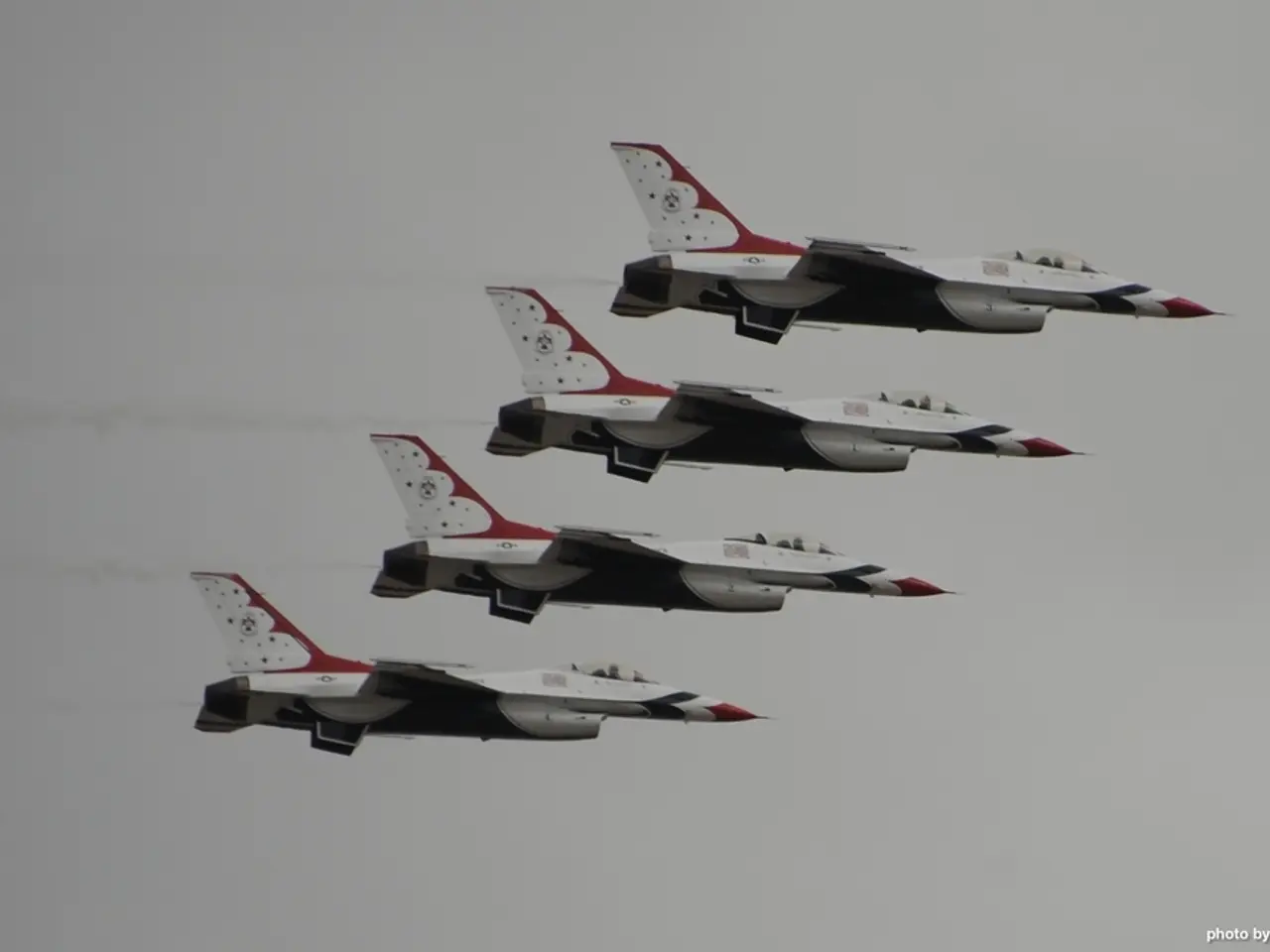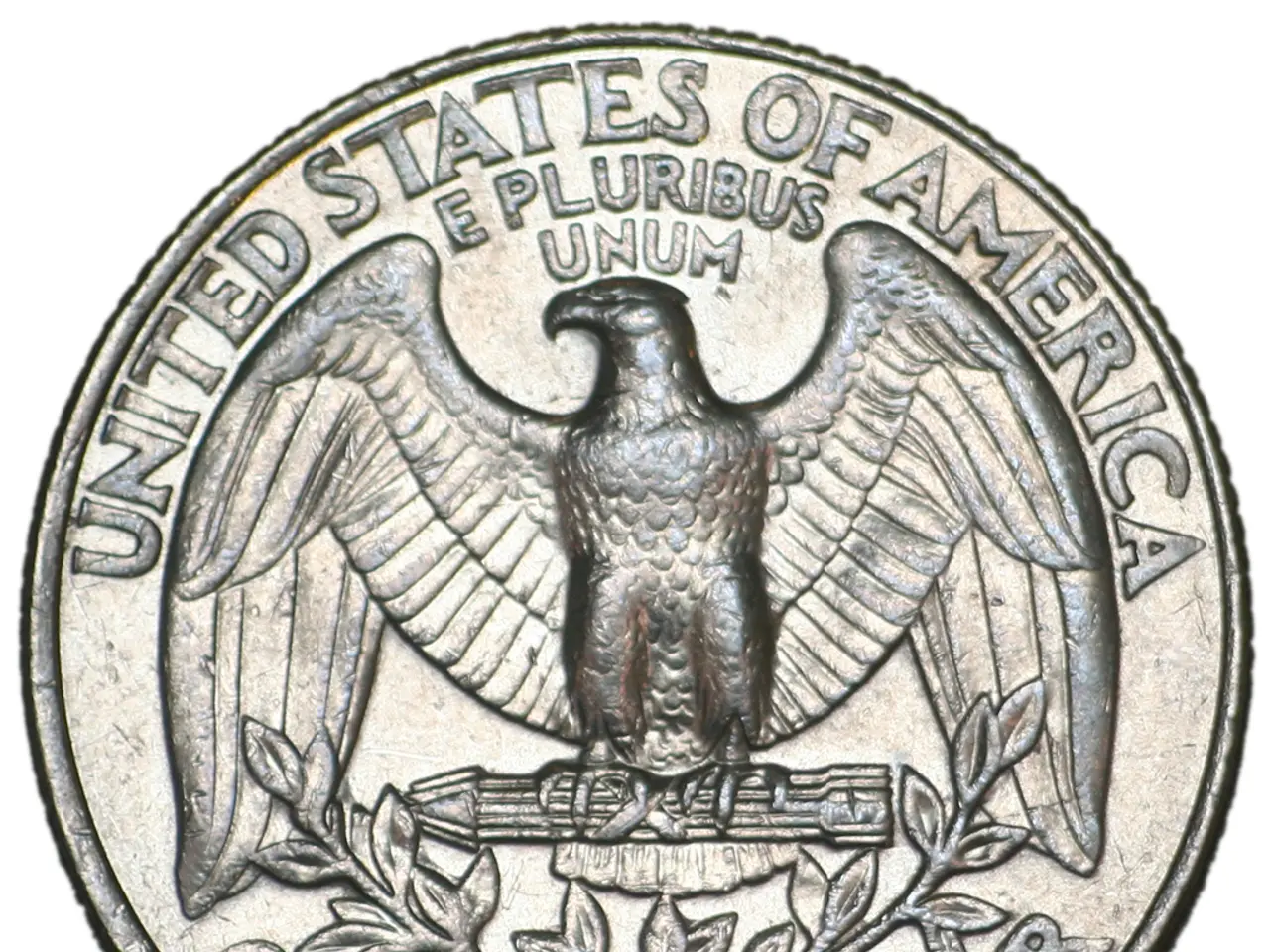Taiwan Retires Last Operational F-5 Fighter Aircrafts After Long Service
In a significant milestone for Taiwan's air defense, the Republic of China Air Force (ROCAF) has officially retired its Vietnam-era F-5 fighter jets. This transition marks the end of an era for these agile and reliable jets, which have been a cornerstone of Taiwan's air defense since 1965.
The F-5 jets, favoured for their high speed, maneuverability, low cost, and ease of maintenance, played a crucial role in guarding the skies above the Taiwan Strait against mainland China's Soviet and domestically built fighters. At one point, Taiwan was the largest operator of F-5s, with 336 jets, producing over 100 domestically.
The transition to more modern hardware began in the mid-to-late 1990s with the introduction of 150 F-16s, 60 Mirage 2000-5s, and 130 domestically developed F-CK-1s. This marked the beginning of the F-5E/F series becoming second-line fighters in the ROCAF.
As newer jets entered service, the F-5s began to move into supporting roles, such as training and reconnaissance. Some were converted to RF-5E reconnaissance aircraft, while others were used as decoys or trainers.
In an attempt to upgrade the F-5E/F fleet, Taiwan initiated the AIDC's Tiger 2000/2001 program, which aimed to replace the radar with the F-CK-1's GD-53 radar and enable the carriage of a single TC-2 BVRAAM missile. However, the program was eventually abandoned due to lack of interest from the ROCAF.
Taiwan's transition has taken a significant leap forward with the acquisition of 66 of the latest generation F-16V fighters. These jets, upgraded from the F-16C/D platform with enhanced ground-attack capabilities, will replace the retired F-5s. The delivery of these jets, however, has faced delays due to system integration issues and production complexities.
As of July 2025, only a handful of F-16V jets are expected to arrive, with the full delivery contingent upon resolving integration issues by the end of 2026. Both U.S. and Taiwanese officials are working diligently to resolve these issues, with the U.S. contractor replacing project managers, and Taiwan reassigning its liaison officer to ensure timely completion.
The retirement of the F-5 jets and the ongoing acquisition of F-16Vs are key steps in Taiwan's strategy to enhance its air defense capabilities against increased threats from mainland China, which claims Taiwan as its own territory and has threatened to invade since the sides split in 1949.
The F-5's final flyby, witnessed by journalists, marked a poignant farewell to these iconic jets. As they transition into training, reconnaissance, or decoy roles, they will continue to contribute to Taiwan's air defense, albeit in a different capacity. The focus now is on completing the delivery of the F-16V fighters and integrating them into the ROCAF's operations, with the goal of enhancing Taiwan's air defense capabilities against these persistent threats.
The retirement of the F-5 jets, once iconic symbols of Taiwan's air defense, will allow for their redistribution to supporting roles such as training and reconnaissance, within the Republic of China Air Force (ROCAF). As East Asia's world industry of finance and aerospace continues to evolve, Taiwan's acquisition of the advanced F-16V fighters is intended to form part of the country's news-making strategy to strengthen its air defense capabilities against potential threats. The success of this strategy relies heavily on the timely resolution of integration issues related to the delivery of these F-16V jets.




